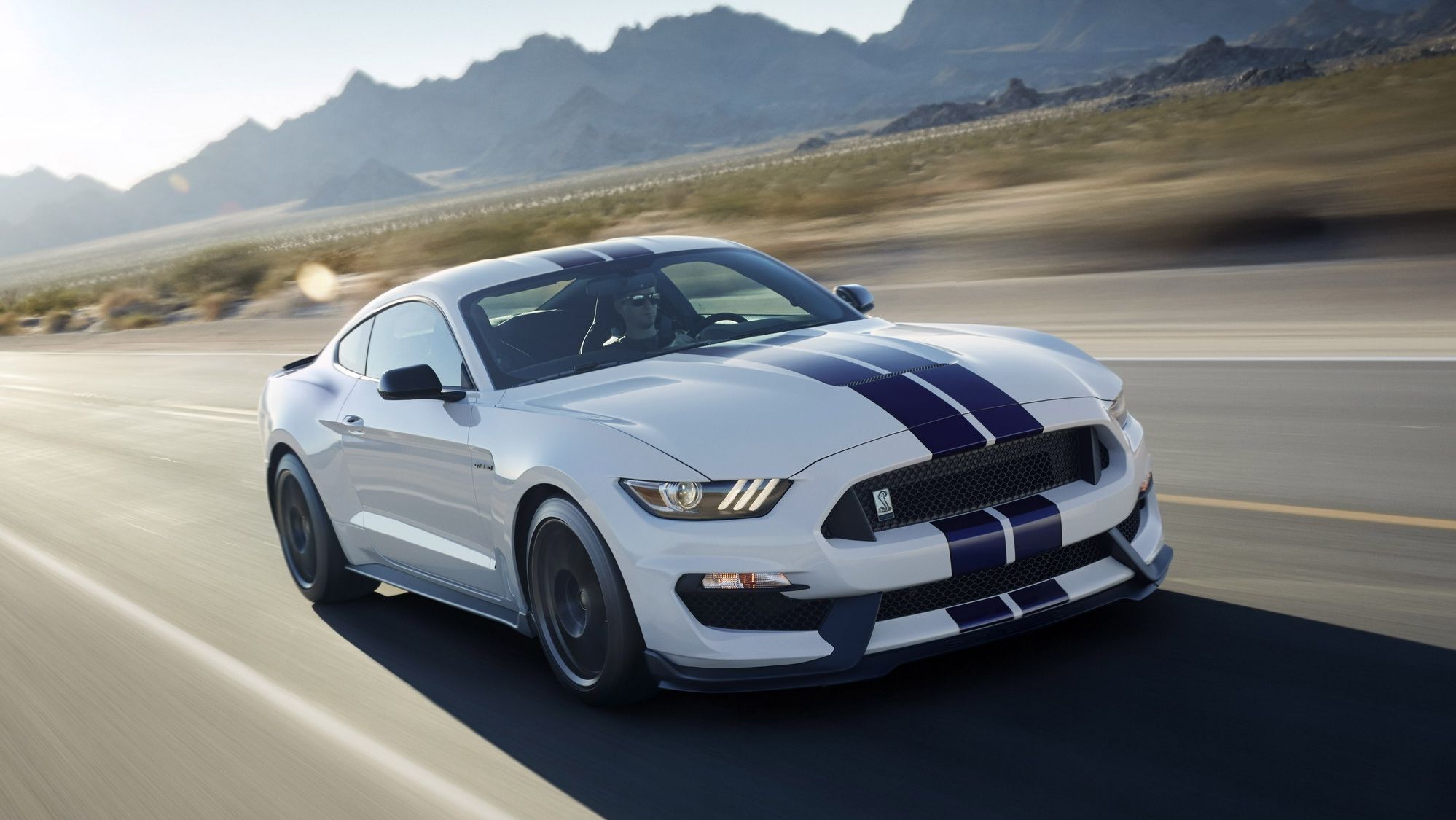In evolutionary terms, independent rear suspension is to cars what the opposable thumb is to humans. It’s that important. As you’re probably aware, the sixth generation Mustang has finally ditched the solid rear axle (the fourth generation SVT Cobra had IRS too, but let’s avoid getting too pedantic), but Ford->ke31 isn’t stopping there. The upcoming 2016 Mustang GT350 and GT350R will get a host of chassis upgrades over the base model, including the exact same MagneRide dampers found on Ferraris.->ke252
We already know the GT350 will be an absolute beast, and the lighter, faster GT350R even more so. Both will get a new 5.2-liter, flat-plane crank V-8 that puts down over 500 horsepower and more than 400 pound-feet of torque to the rears through a Tremac six-speed manual. That combined with its wider stance and functional aero enhancements means it will be the fastest road-going Mustang->ke428 ever built. So, let’s take a deeper dive into how the chassis will manage all that fury.
Continue reading for the full story.
Why it matters
Developed by Delphi, the GT350’s Magneride dampers are the same as those found on performance cars, including the 2015 Corvette Z06 and Ferrari F12berlinetta.->ke4223 Inside these special and very expensive dampers, iron particles are mixed in with the hydraulic fluid. This allows the viscosity of the fluid to change when an electric current is sent through it. Wheel position sensors monitor movement thousands of times per second and change viscosity to accommodate driving conditions with imperceptible delay.
The suspension structure itself has also received attention. Up front, the suspension knuckle, hub and bearing assemblies have all been replaced with lighter aluminum versions. The bushings are now rigid, which is real race car stuff and should provide excellent steering feedback. Larger front and rear antiroll bars reduce body roll and increase steering response. And how’s this for geeky? One side of the rear suspension has a counter-wound spring that’s a mirror image of the other. We’ve never heard of this being done before, but Ford says it perfects wheel motion.
Brakes will be the largest rotors ever seen on a Mustang: 394 mm in the front and 380 in the rear. Both are two-piece, cross-drilled items, clamped by six-piston Brembo calipers in the front and four-pistons in the rear. A dedicated ducting system helps cool the brakes at all four corners, reducing the risk of brake fade.
The GT350 gets stiffer and lighter 19-inch aluminum-alloy wheels. Interestingly, there’s not much difference in width between the fronts and the rears: 10.5 and 11 inches respectively. This was likely done to increase the front-end bite of the Michelin Pilot Super Sport tires. As for the GT350R, this is where its extra cost starts to become evident. The wheels are the same dimensions as the GT350's, but here they’re made of carbon fiber, which eliminates a whopping 50 pounds of unsprung weight. They also gets grippier Michelin Pilot Sport Cup 2 tires.
Ford Performance engineers have done amazing things to make sure the GT350’s chassis is as strong and stiff as possible. Thanks to added bracing, including an aluminum front strut tower brace, torsional stiffness has been increased by 28 percent over the last Mustang. The grille opening is now made of a carbon-fiber composite, which not only looks cool, it’s also 24 percent lighter then the base Mustang's and just as stiff.
The attention to detail on display here is far beyond what we imagined for the GT350, and there’s still much more Ford has yet to reveal. We’re expecting prices to start at around $50,000, which is starting to seem like more of a bargain every day.
2015 Ford Shelby GT350 Mustang
Read our full review here.
2015 Ford Shelby GT350R Mustang
Read our full review here.

